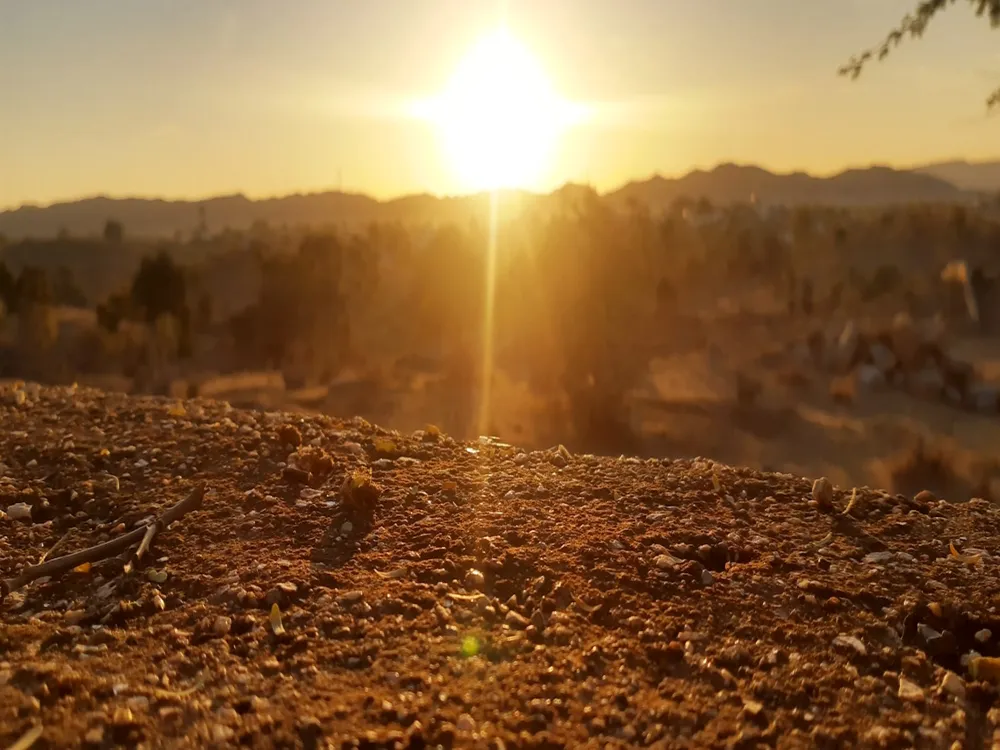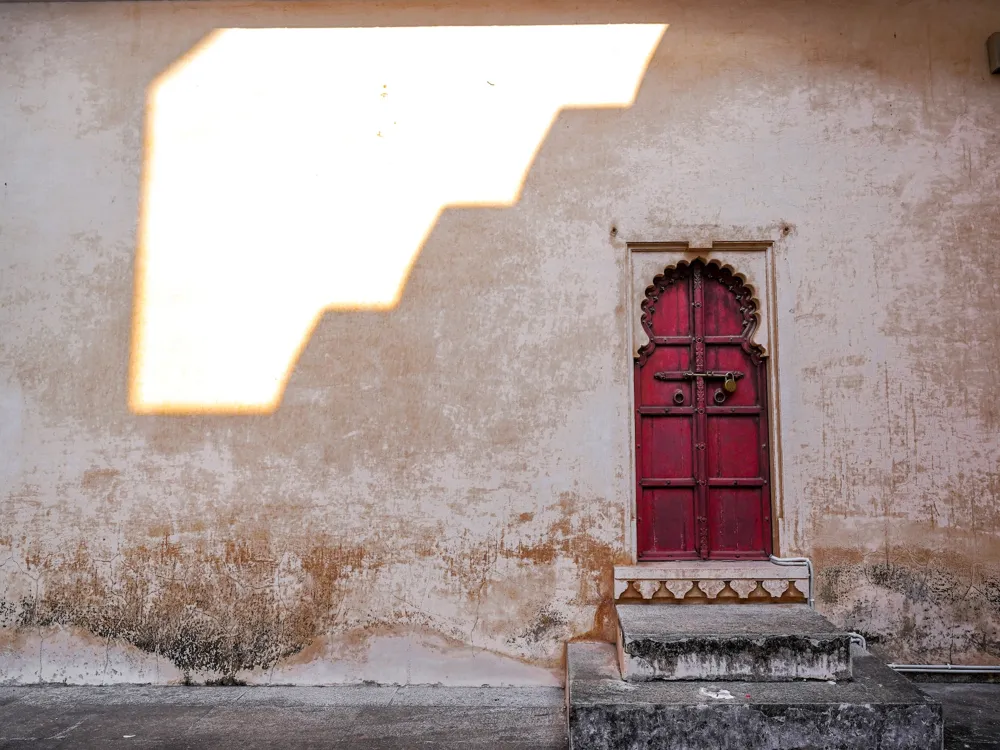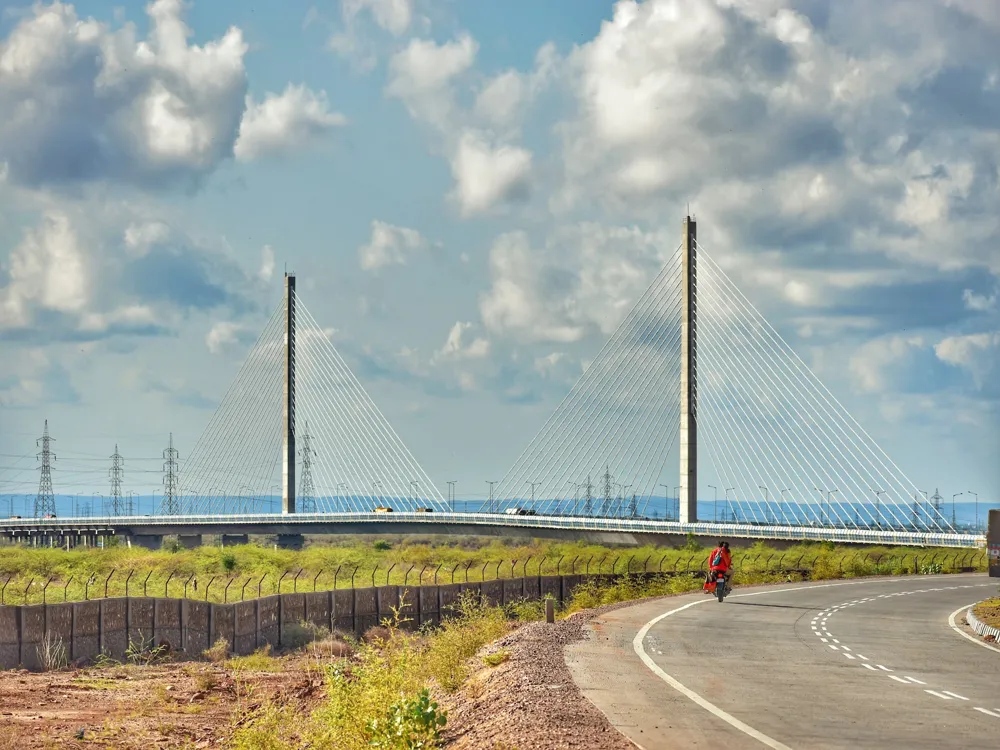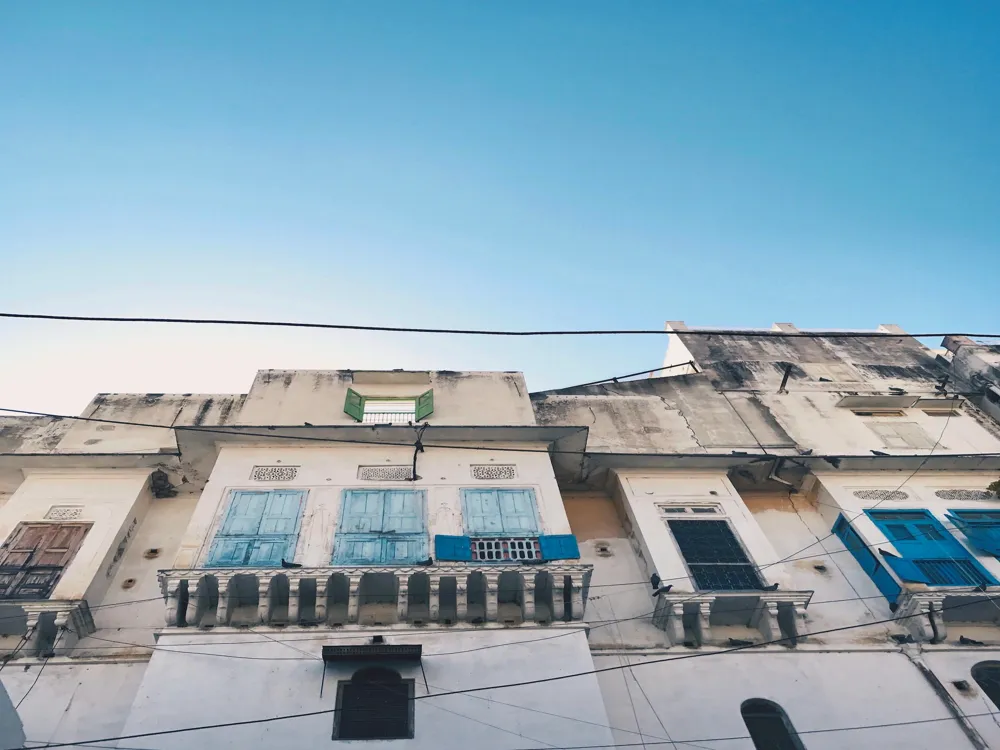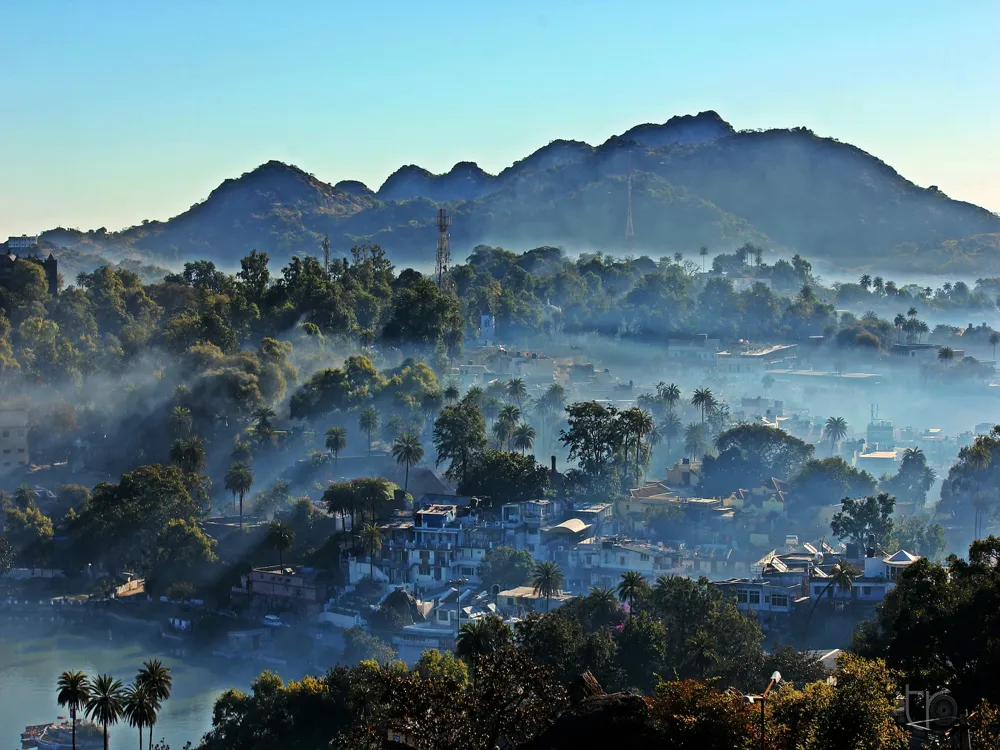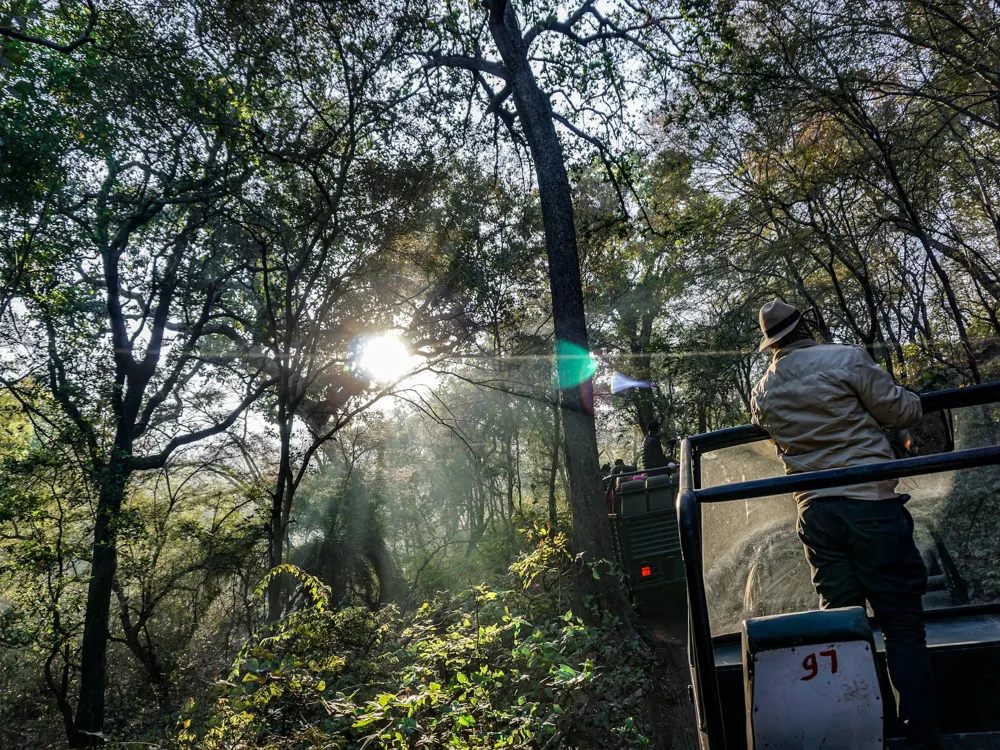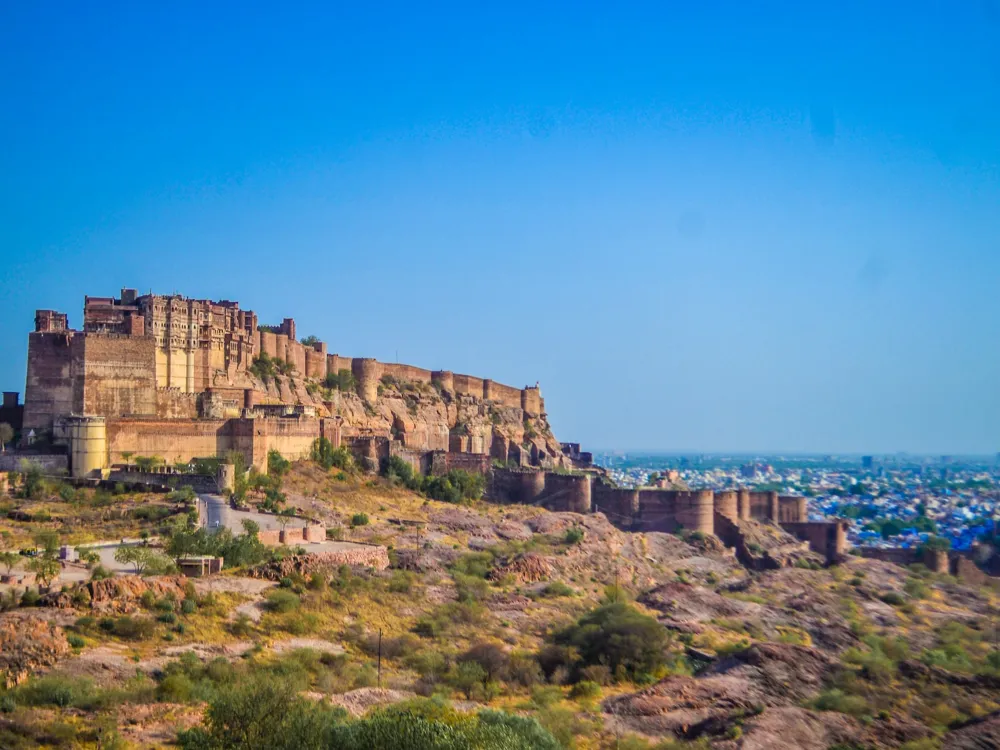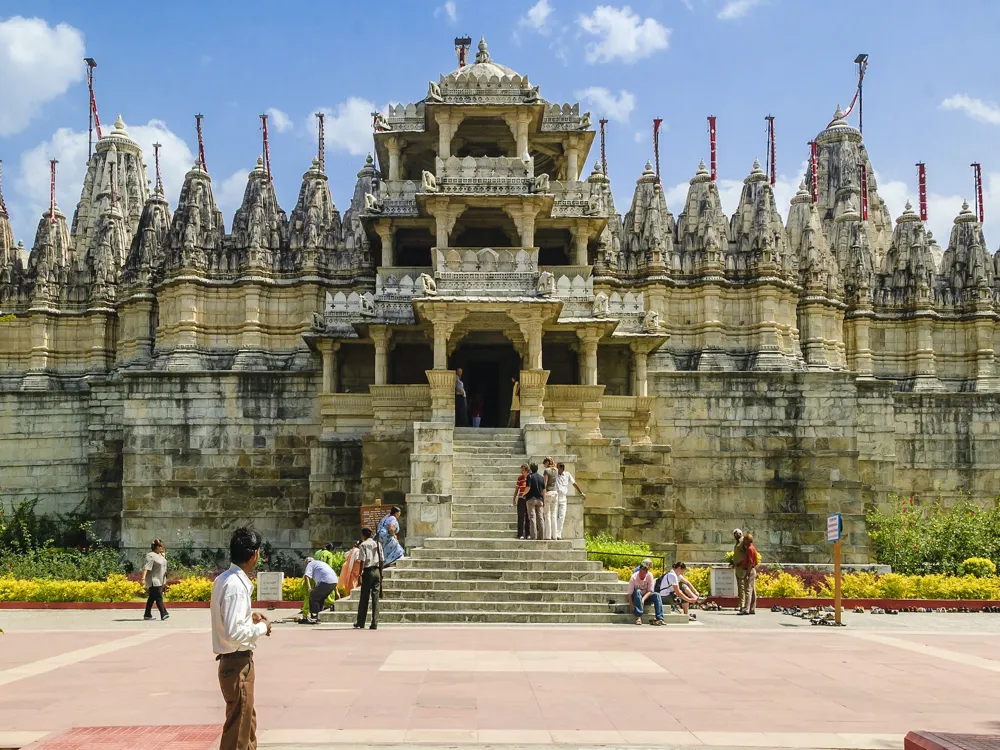Chittorgarh, located in the heart of Rajasthan, India, is a testament to the tales of bravery, romance, and architectural splendor that have shaped Indian history. This magnificent city, often referred to as Chittor, was once the capital of the Mewar kingdom and is now famed for its grand fort that stands as a symbol of Rajput chivalry and pride. The Chittorgarh Fort, a UNESCO World Heritage Site, unfolds a history rich with heroic tales and cultural heritage, making it a must-visit destination for history enthusiasts and travelers alike. Chittorgarh's architecture is a blend of military and cultural elements, uniquely characteristic of Rajputana designs. The Chittorgarh Fort, sprawling atop a hill, is the centerpiece of this architectural legacy. Its massive structure includes palaces, temples, and towers that exhibit the finesse of Rajput craftsmanship. The fort's seven gates or 'pols,' each with a historical significance, are classic examples of defense architecture. The Vijay Stambha (Victory Tower) and Kirti Stambha (Tower of Fame) are quintessential of the intricate carvings and detailed work synonymous with Rajput architecture. The palaces within Chittorgarh Fort, including Rana Kumbha Palace and Padmini Palace, are architectural masterpieces. Rana Kumbha Palace, the oldest part of the fort, is associated with numerous legends and folklore. Padmini Palace, known for its beautiful lotus pool, is linked with the tale of Rani Padmini's valor and beauty. These palaces showcase intricate designs, mural paintings, and mirror work, reflecting the artistic zenith of the era. The fort houses several ancient temples, notable among them being the Meera Temple, dedicated to the devout follower of Lord Krishna, and the Kalika Mata Temple, originally a Sun Temple converted to its present form in the 14th century. These temples, with their complex carvings and serene ambiance, provide a spiritual retreat, further enhancing the fort's historical significance. Chittorgarh is best visited during the cooler months, from October to March, when the weather is pleasant for exploring the fort and the city. Opt for a guided tour to get a comprehensive understanding of the fort's history and architecture. Guides are available at the fort entrance. As the fort requires a considerable amount of walking, wearing comfortable footwear is advised for a more enjoyable experience. Carry water bottles, especially during the hot months, as exploring the vast fort can be exhausting. The fort offers excellent opportunities for photography. Capture the sunrise or sunset for breathtaking views of the fort against the backdrop of the city. Chittorgarh is well-connected and can be reached via various modes of transportation. The nearest airport is Maharana Pratap Airport in Udaipur, about 90 kilometers away. Chittorgarh Railway Station is well connected with major cities in India. Road travel is also a viable option, as Chittorgarh is well-linked through a network of highways to cities like Jaipur, Udaipur, and Delhi. Local transportation within the city includes buses, taxis, and auto-rickshaws, making it convenient for tourists to navigate around the city.Explore the Majestic Chittorgarh of Rajasthan: A Land of Bravery and Beauty
The Architectural Marvel of Chittorgarh
Palaces that Narrate History
Spiritual Connect: The Temples of Chittorgarh
Tips When Visiting Chittorgarh
Best Time to Visit
Guided Tours
Wear Comfortable Footwear
Stay Hydrated
Photography Tips
How To Reach Chittorgarh
Sanwariaji Temple
Chittorgarh
Rajasthan
₹ 9,200 onwards
View chittorgarh Packages
Weather :
Tags : Temple
Timings : 5:00 AM - 12:00 PM, 2:30 PM - 11:00 PM
Time Required : 1-2 hours
Entry Fee : No entry fee
Planning a Trip? Ask Your Question
Chittorgarh Travel Packages
View All Packages For Chittorgarh
Top Hotel Collections for Chittorgarh

Private Pool

Luxury Hotels

5-Star Hotels

Pet Friendly
Top Hotels Near Chittorgarh
Other Top Ranking Places In Chittorgarh
View All Places To Visit In chittorgarh
View chittorgarh Packages
Weather :
Tags : Temple
Timings : 5:00 AM - 12:00 PM, 2:30 PM - 11:00 PM
Time Required : 1-2 hours
Entry Fee : No entry fee
Planning a Trip? Ask Your Question
Chittorgarh Travel Packages
View All Packages For Chittorgarh
Top Hotel Collections for Chittorgarh

Private Pool

Luxury Hotels

5-Star Hotels

Pet Friendly














